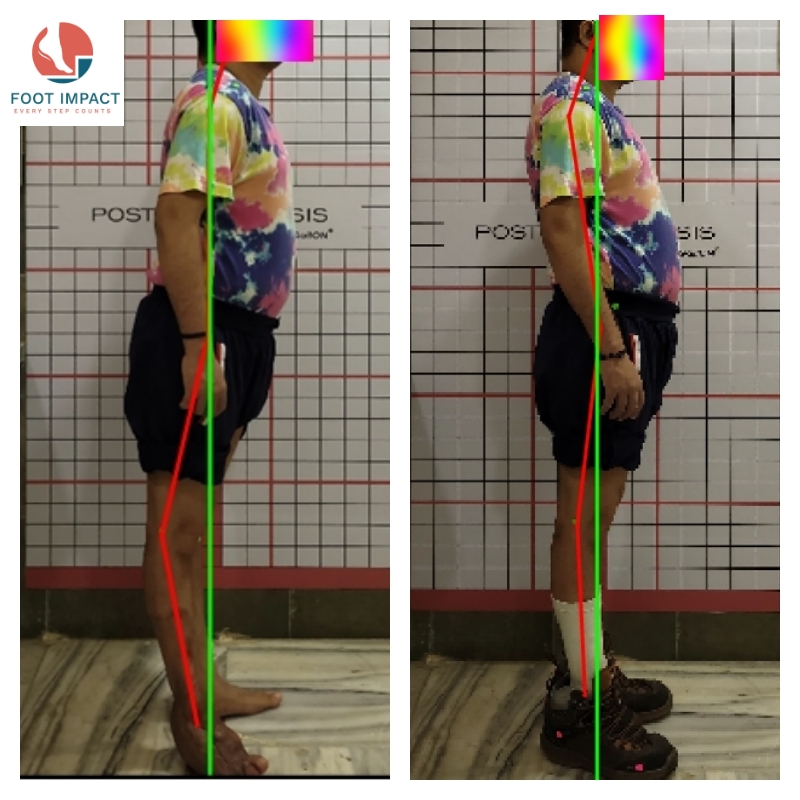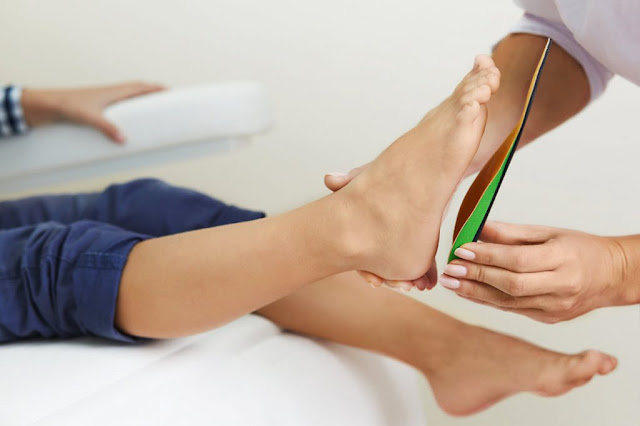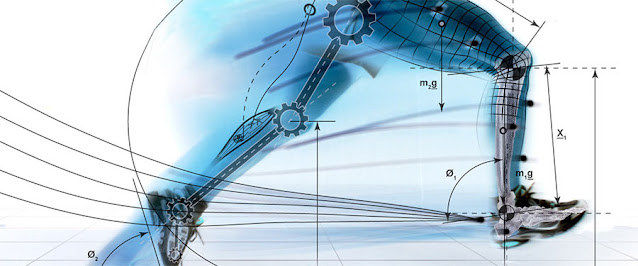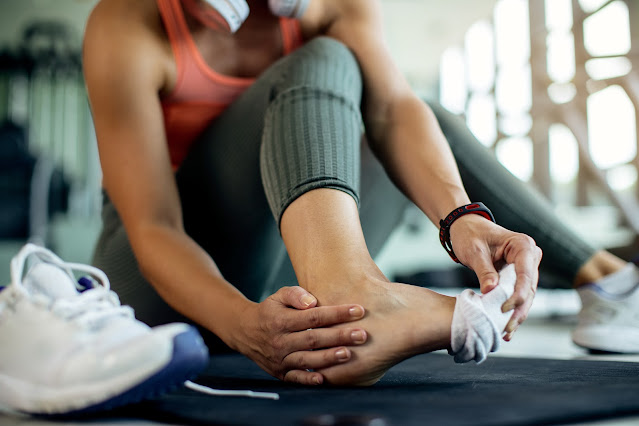Revolutionizing Podiatry: The Power of Computerized Gait & Postural Analysis
In the dynamic realm of healthcare, technological advancements continue to redefine diagnostic and treatment methodologies. Among these innovations, computerized gait and postural analysis have emerged as transformative tools in the field of podiatry and beyond. This state-of-the-art technology not only delivers precise readings but also streamlines diagnosis and facilitates the creation of effective rehabilitation strategies. Let's explore the profound impact of this cutting-edge tool and its significance in the medical domain.
Exploring Computerized Gait & Postural Analysis
Gait analysis focuses on scrutinizing human movement patterns, particularly during walking or running, while postural analysis assesses body alignment and balance. Traditionally, these evaluations relied on subjective observations and rudimentary measurements, often lacking accuracy and consistency.
However, with the advent of computerized gait and postural analysis systems, healthcare practitioners now possess access to comprehensive, objective data that offer unparalleled insights into patients' biomechanics. Employing sophisticated sensors, cameras, and software algorithms, these systems capture and analyze various movement and posture parameters with exceptional precision.
Facilitating Accurate Diagnosis
A pivotal advantage of computerized gait and postural analysis lies in its capacity to furnish precise and reliable measurements. By generating detailed reports and visual representations of a patient's gait and posture, clinicians can discern abnormalities, asymmetries, and imbalances that may underlie musculoskeletal issues or injuries.
Equipped with this wealth of objective data, podiatrists and healthcare professionals can make well-informed diagnoses, pinpointing the root causes of patients' ailments with heightened confidence. Whether detecting gait deviations, foot misalignments, or postural irregularities, the insights gleaned from computerized analysis deepen comprehension of each patient's unique biomechanical profile.
Guiding Rehabilitation Strategies
Beyond diagnosis, computerized gait and postural analysis play a pivotal role in formulating personalized rehabilitation plans. Armed with a comprehensive understanding of a patient's biomechanics, clinicians can devise targeted interventions to rectify deficiencies and optimize movement patterns.
These interventions may range from prescribing orthotic devices and recommending specific exercises to suggesting footwear modifications or gait retraining techniques. Informed by computerized analysis, these tailored rehabilitation plans address the specific needs of each patient. Moreover, by objectively monitoring progress over time, clinicians can adapt treatment strategies as required, ensuring optimal patient outcomes.
Correlating Pre & Post Correction
A striking feature of computerized gait and postural analysis is its ability to quantify changes before and after interventions. By comparing pre- and post-correction data, clinicians can objectively evaluate the efficacy of treatment modalities and measure improvements in patients' gait and posture.
This correlation proves invaluable in podiatry, where interventions such as orthotic therapy, physical therapy, and surgical procedures aim to alleviate pain, enhance mobility, and improve overall function. By demonstrating measurable enhancements in biomechanics and functional outcomes, computerized analysis validates the effectiveness of treatment approaches, instilling confidence in both clinicians and patients alike.
Conclusion
In conclusion, computerized gait and postural analysis represent a revolutionary advancement in podiatry and beyond. By harnessing advanced technology to capture, analyze, and interpret biomechanical data, this innovative tool empowers clinicians to make accurate diagnoses, devise tailored rehabilitation plans, and objectively evaluate treatment outcomes.
As healthcare evolves, the integration of computerized analysis into clinical practice promises to revolutionize patient care, fostering superior outcomes and enhancing the quality of life for individuals with musculoskeletal issues. With its ability to provide precise measurements, streamline diagnosis, and inform effective interventions, computerized gait and postural analysis stand as pillars of modern healthcare, shaping the future of podiatry and beyond.



